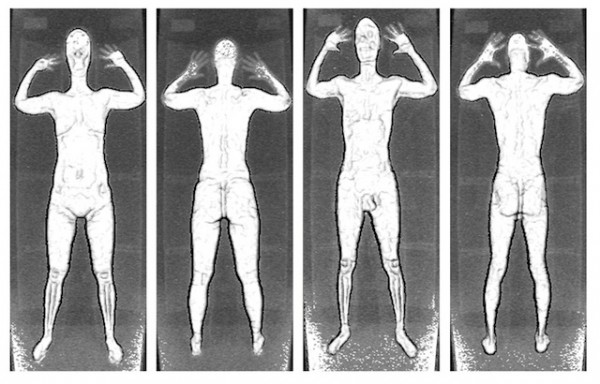The Transportation Security Administration (TSA) is decided to launch its new “millimeter wave” devices to scan at the airports. The device has invited much opposition from the Americans in intrusion of privacy. The new device can scan though the clothes and raised concern about radiation effects. Those who refuse the scanning of the device would have to bear the ‘pat down’ scrutiny by the officials. The pilots have been suffering this since long.
Allied Pilots Association is thought to be the biggest independent group of pilots. Dave Bates, head of the organization exhorted the members of the group to reject the new scanning of ‘Advanced Imaging Technology’ (AIT). He also considered the new intimate pat down alternatives as offending intrusions to privacy.
The controversial scanners are being used widely in the recent past. TSA considers both methods as safe and respecting privacy. The government said that a single scanning using this new technology is equivalent to the exposure of flying for just two minutes. The images produced are of low resolution; highly blurred and not stored by AIT. They can neither be printed nor shared. Usually, one of the security officers acts as the remote host and deletes the images from the system. The officers in charge of AIT are also not permitted to carry any imaging devices along with, barring a few exceptions.
TSA held its focus on the advantages of AIT such as ability to find small packets of powdered drugs, even the size of a thumb, which are usually masked in the body. AIT is a powerful tool to find the presence of non metallic weapons also.

An image using the Advanced Imaging Technology (source: TSA)
Dave Bates raised concerns mostly on the effects of the radiation. Some of the backscatter technology devices produce images using hazardous ionizing radiations. US pilots are already being exposed to higher levels of radiations during the work. Bates wrote to the Dallas Morning News citing the example of Atlantic crossing of airplanes during solar flares which expose the pilots to a radiation almost equaling hundred chest X-rays in an hour. He objected the AIT for their additional exposure chances.
Since the pilots have to choose from either AIT or the pat down method, the case needs a compromising approach. Bates advised the pilots to opt for the latter provided the screening is conducted in a private area. But the pat down has been remarked as most invasive among the pilots as reflected in the voice of an ACLU spokesperson.
Bates also wanted the pilots to be exempted from compulsory screening in order for gaining entry to Security Identification Display Areas (SIDA). The logic is the pilots need not undergo screening each time of entry to the airport since they are the ones to take off the airplane. The checking for possession of weapons or fluids doesn’t make sense if the intentions of the pilot were hijacking the airplane or to blow it through a building,










Comments